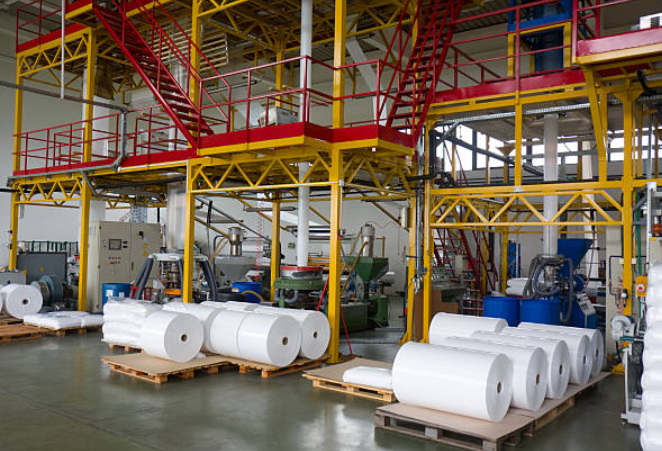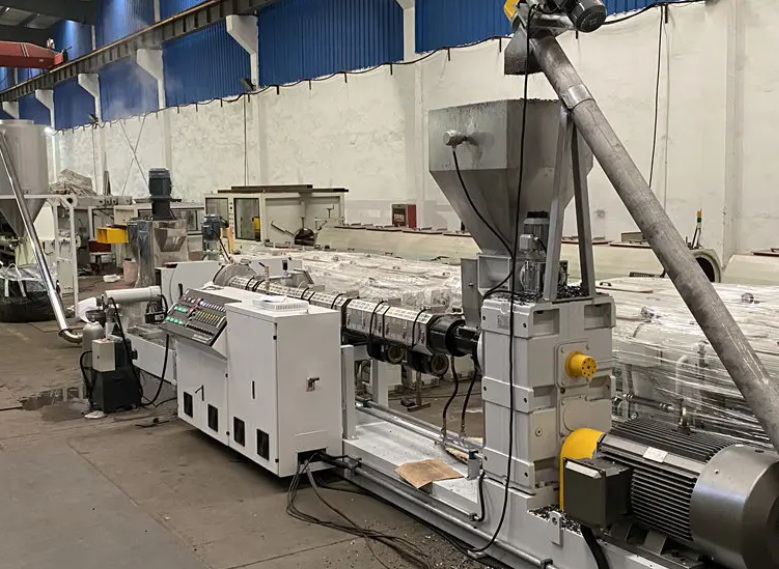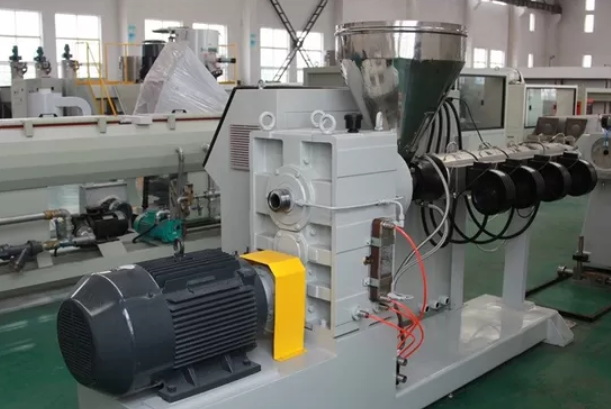Content Menu
● Understanding Over Extrusion in Machinery Feet
>> 1. Excessive Nozzle Temperature
>> 2. Incorrect Flow Rate/Extrusion Multiplier
>> 3. Improper Z-Offset or Bed Leveling
>> 4. Filament Diameter Mismatches
>> 5. Insufficient Cooling
● How to Fix Over Extrusion in Machinery Feet
>> Step 1: Calibrate Extrusion Multiplier
>> Step 2: Optimize Nozzle Temperature
>> Step 3: Adjust Z-Offset and Bed Leveling
>> Step 4: Implement Design Modifications
>> Step 5: Material and Environmental Controls
● Preventing Over Extrusion in Future Prints
>> 1. Printer Maintenance Protocols
>> 2. Advanced Slicer Configurations
>> 3. Quality Assurance Workflows
● Conclusion
● FAQs About Over Extrusion in Machinery Feet
>> 1. How do I identify over extrusion in machinery feet?
>> 2. Can a worn nozzle cause over extrusion?
>> 3. What's the ideal bed temperature for machinery feet?
>> 4. Should I use a raft for all machinery foot prints?
>> 5. How does ambient humidity affect over extrusion?
Over extrusion in machinery feet – commonly referred to as "elephant foot" in 3D printing – is a pervasive issue affecting both industrial manufacturing and additive fabrication. This defect occurs when the base layers of printed or molded components bulge outward, compromising dimensional accuracy, structural integrity, and assembly compatibility. The problem stems from excessive material deposition during initial production phases, often exacerbated by thermal, mechanical, or software-related misconfigurations. Below, we dissect the root causes, systematic solutions, and long-term preventive strategies to address over extrusion in machinery feet.

Understanding Over Extrusion in Machinery Feet
Over extrusion arises when a manufacturing system deposits more material than required, leading to thickened layers, uneven surfaces, and poor interlayer adhesion. In machinery feet, this manifests as a flared base that disrupts fitment, increases wear, and reduces load-bearing capacity. The following factors are primary contributors:
1. Excessive Nozzle Temperature
High nozzle temperatures liquefy filament or polymer faster than the extruder can regulate, resulting in uncontrolled material flow. For thermoplastics like PLA, temperatures exceeding 210°C often lead to over-extrusion. Semi-crystalline materials like PETG are particularly susceptible due to their viscosity-temperature sensitivity.
2. Incorrect Flow Rate/Extrusion Multiplier
A flow rate set too high in slicer software forces excess material through the nozzle. This is critical for machinery feet, where first-layer precision determines component alignment. For example, a 5% over-extrusion multiplier can increase base width by 1.2–1.5 mm, rendering parts unusable.
3. Improper Z-Offset or Bed Leveling
If the nozzle is too close to the build plate, it compresses the first layer, spreading material laterally and creating a bulging base. Uneven bed leveling exacerbates this by causing inconsistent squish across the print surface.
4. Filament Diameter Mismatches
Filament with diameter variations exceeding ±0.03 mm disrupts extrusion consistency. Slicer software relying on incorrect diameter settings compounds this issue, leading to volumetric extrusion errors.
5. Insufficient Cooling
Inadequate cooling leaves base layers semi-molten, allowing upper-layer weight to deform them. This is prevalent in enclosed printers with limited airflow or when using materials like ABS that require active cooling.

How to Fix Over Extrusion in Machinery Feet
Step 1: Calibrate Extrusion Multiplier
1. Navigate to your slicer's filament settings (e.g., Cura's *Flow Rate* or PrusaSlicer's *Extrusion Multiplier*).
2. Print a 20 mm calibration cube with 100% infill.
3. Measure wall thickness using digital calipers.
4. Adjust flow rate until measured thickness matches the model's designed value (typically 0.4–0.5 mm for standard nozzles).
5. For machinery feet, reduce flow by 2–5% incrementally until the base shows no flare.
Step 2: Optimize Nozzle Temperature
1. Perform a temperature tower test to identify the optimal range for your material.
2. For PLA, reduce temperatures from 210°C to 195–200°C.
3. For PETG, operate between 220–230°C to balance flow and layer adhesion.
Step 3: Adjust Z-Offset and Bed Leveling
1. Relevel the bed using a feeler gauge (0.1 mm thickness) for higher accuracy than paper.
2. In Z-offset settings, increase the nozzle distance by 0.02 mm increments until the first layer shows slight texture without transparency.
3. For BLTouch or inductive probes, ensure mesh bed leveling accounts for warp.
Step 4: Implement Design Modifications
1. Chamfers: Add a 45° chamfer (0.5–1 mm height) to the base edge in CAD software to counteract lateral spread.
2. Rafts: Use a 3-layer raft with 150% line width to absorb excess material.
3. Brims: A 5-mm brim improves adhesion without contributing to base deformation.
Step 5: Material and Environmental Controls
1. Measure filament diameter at three points using a micrometer and input the average into the slicer.
2. Store hygroscopic materials (e.g., nylon, PVA) in dry boxes with silica gel.
3. For humid environments, pre-dry filament at 50°C for 4–6 hours before printing.
Preventing Over Extrusion in Future Prints
1. Printer Maintenance Protocols
- Nozzle Cleaning: Perform atomic pulls or use 0.3 mm acupuncture needles weekly.
- Belt Tensioning: Ensure X/Y belts twang at 40–50 Hz frequency to prevent layer shifting.
- Frame Alignment: Check gantry squareness with a machinist's square monthly.
2. Advanced Slicer Configurations
- First-Layer Settings:
- Speed: 20–30 mm/s
- Line width: 120% of nozzle diameter
- Fan speed: 0% for initial layer, 50% thereafter
- Pressure Advance/Linear Advance: Tune to minimize oozing at corners.
3. Quality Assurance Workflows
- Implement automated optical inspection (AOI) systems to detect base flare in real-time.
- Use Go/No-Go gauges to verify machinery foot dimensions post-production.
Conclusion
Over extrusion in machinery feet is a multifaceted challenge rooted in thermal dynamics, mechanical misalignments, and material inconsistencies. By methodically addressing nozzle temperature, extrusion multipliers, Z-offset, and filament quality, manufacturers can eliminate base deformation. Long-term prevention requires disciplined printer maintenance, optimized slicer profiles, and design adaptations like chamfers. Implementing these strategies ensures production of dimensionally precise, functional components capable of withstanding operational stresses.

FAQs About Over Extrusion in Machinery Feet
1. How do I identify over extrusion in machinery feet?
Look for a flared base (>0.2 mm wider than designed), uneven layer lines, or difficulty fitting parts into assemblies. Over-extruded layers may also exhibit blobs, zits, or surface roughness.
2. Can a worn nozzle cause over extrusion?
Yes. A eroded nozzle orifice (e.g., from abrasive filaments) increases effective diameter by up to 0.1 mm, causing volumetric extrusion errors. Replace nozzles after 500–800 printing hours.
3. What's the ideal bed temperature for machinery feet?
- PLA: 50–60°C
- ABS: 90–110°C (with enclosure)
- PETG: 70–80°C
Lower temperatures accelerate solidification, reducing base deformation.
4. Should I use a raft for all machinery foot prints?
Rafts are optional but recommended for tall/heavy models (>150 mm height) or materials prone to warping (e.g., ABS). For low-profile feet, brims or chamfers are preferable.
5. How does ambient humidity affect over extrusion?
Humidity >50% causes hygroscopic filaments to absorb moisture, expanding diameter by 0.5–1.5%. This leads to volumetric over-extrusion. Use a dehumidifier in print areas.






















